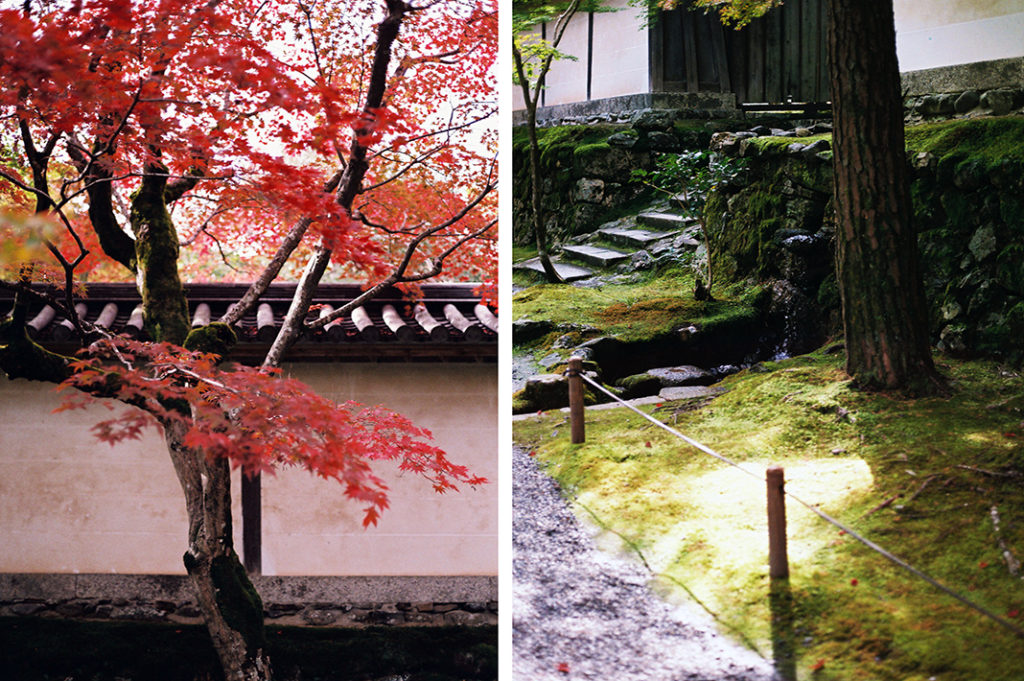
Visiting Arashiyama in autumn will be one of two things: incredible, or infuriating. Unfortunately, Arashiyama’s exceptional autumnal beauty makes it a victim of its own success.
Recently, the area has become so crowded that people cannot walk from one part of town to the other for the sheer number of tourists and crush of bodies. The area was always popular with Japanese and foreign tourists alike, but it’s now necessary to dig deeper into the district in order to find seasonal magic with fewer crowds. Luckily, the little-known temple of Nison-in holds the key to a relaxed leaf-viewing experience.
Nison-in: inexplicably underrated!
In recent years, Arashiyama’s popularity has arguably become its greatest detractor. Only five years ago, visitors could still walk around the district in the autumn season with plenty of room to spare.
Better still, weekdays were far less crowded and made an ideal time to view the area’s famous seasonal colours. However, in 2018 and 2019, the number of visitors reached unmanageable peaks. The district’s central roads became gridlocked with pedestrians and popular sites such as the Bamboo Forest came to a standstill.
The general habit of tourists to avoid wandering from the most popular paths is somewhat baffling. However, for those willing to walk even as little as ten extra minutes, the payoffs can be immensely rewarding. Nison-in is one such prize. A Buddhist temple built into a mountainside, it is the final resting place of many of Japan’s most cherished historical figures. Additionally, the temple itself houses two sacred Buddhist statues; ‘Ni-son-in’ [二尊院] means ‘hall of two images.’

(You can read the rest of the article at this link. This article was first published by Team JJ on May 18, 2022. Check here for deeper and unique insights into visiting Japan, including wellness, travel, cuisine and more. Find us on Instagram and on Facebook.)
Author: Team JJ






